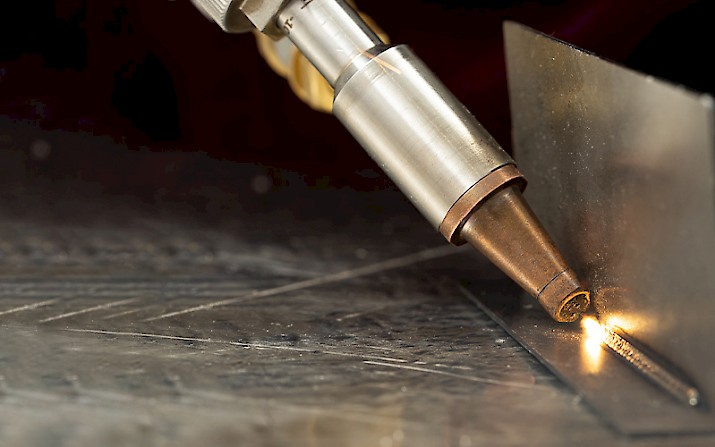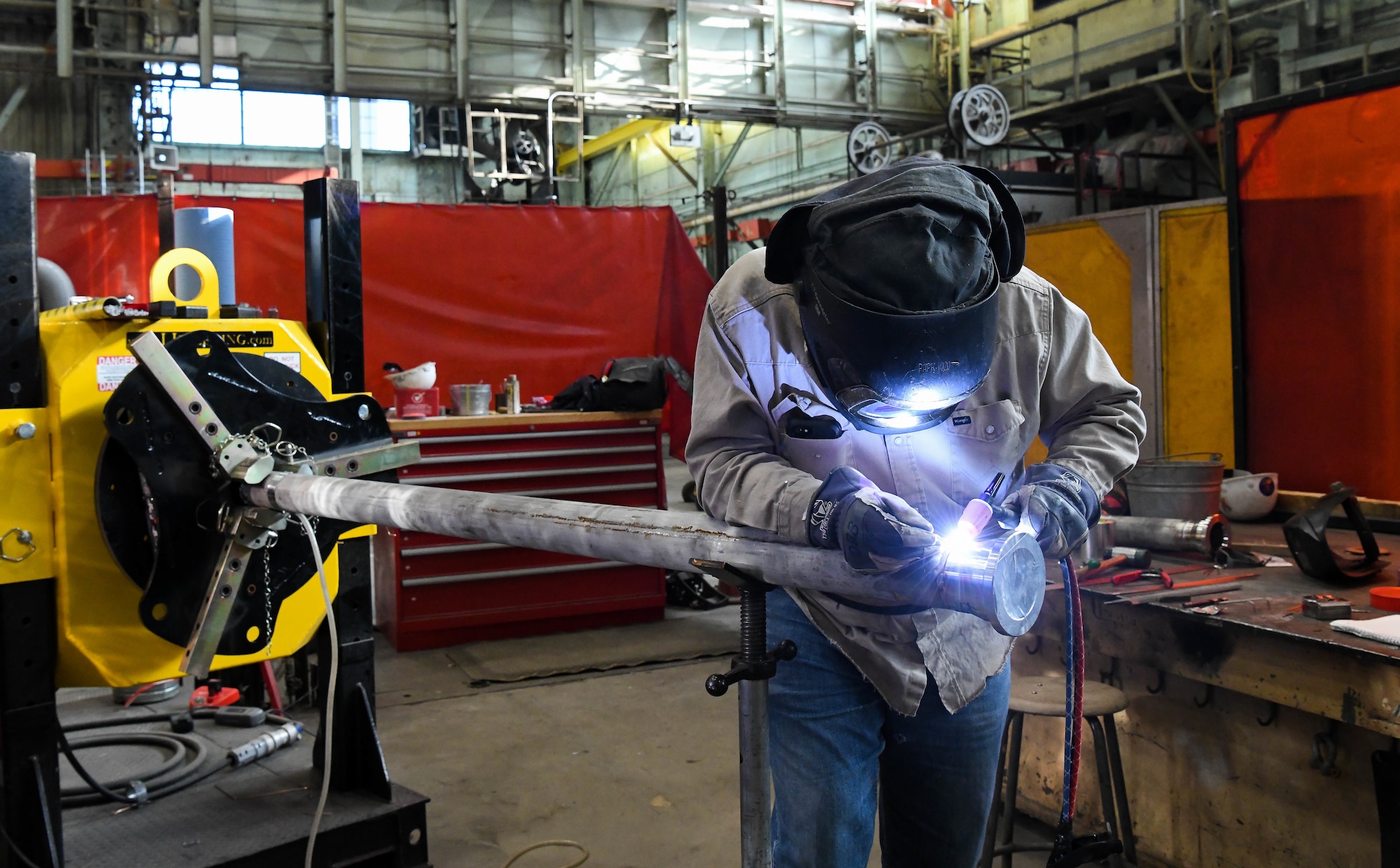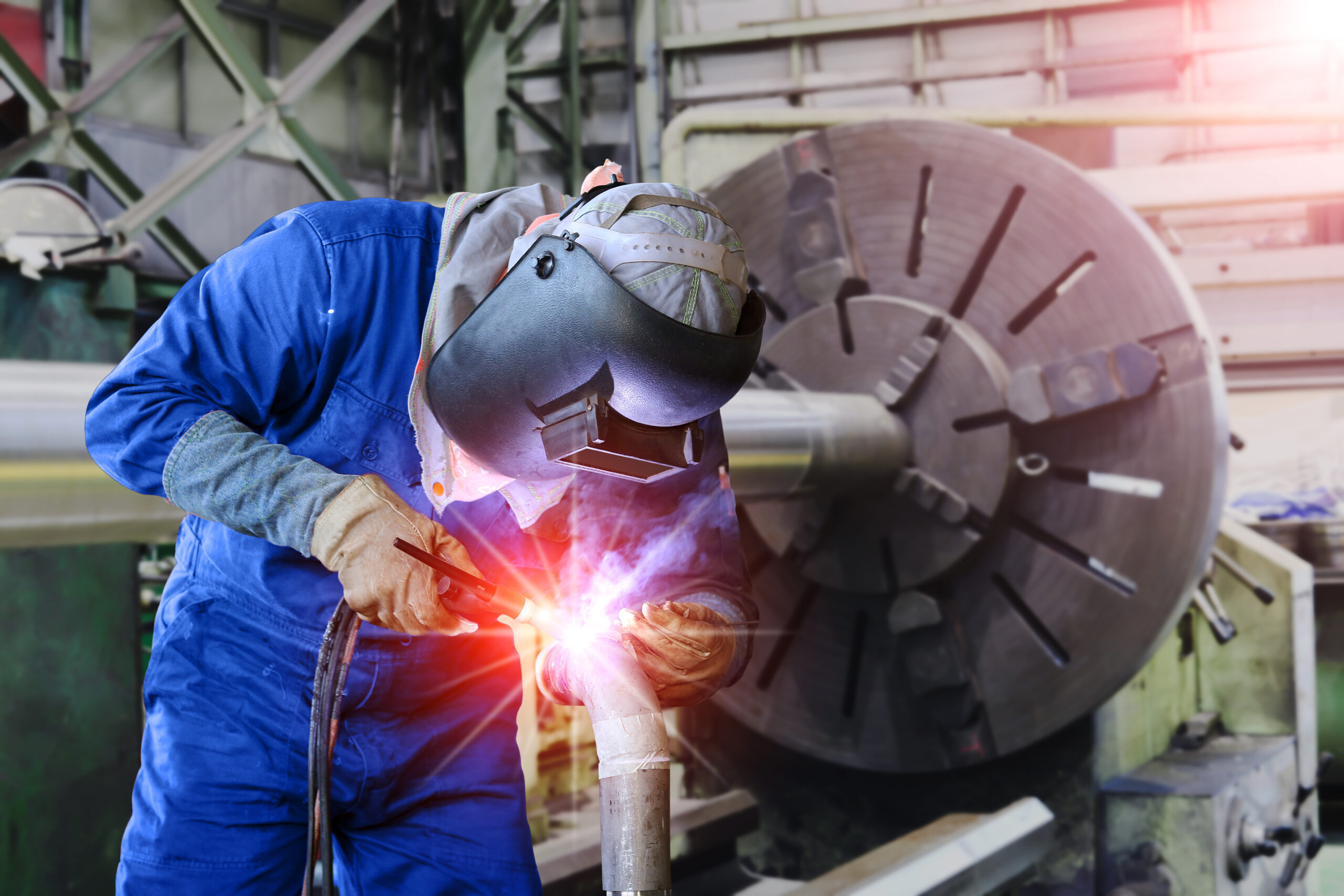Welding WPS: Usual Errors to Prevent and Exactly How to Correct Them
Welding WPS: Usual Errors to Prevent and Exactly How to Correct Them
Blog Article
The Ultimate Guide to Welding WPS Procedures: A Detailed Overview for Welders
In the detailed world of welding, Welding Treatment Specifications (WPS) function as the backbone of making sure quality, consistency, and safety and security in welding procedures. Understanding the subtleties of producing, applying, and keeping an eye on WPS treatments is important for welders seeking to boost their craft and meet industry standards. As we explore the numerous components of a WPS and explore the ins and outs of qualification and qualification, we will certainly reveal the essential role these treatments play in the realm of welding. Let's start a trip to unravel the complexities and significance of WPS procedures in welding methods.
Value of WPS Procedures
Comprehending the relevance of Welding Procedure Specifications (WPS) treatments is crucial for ensuring the high quality and stability of welded frameworks. WPS procedures act as a roadmap for welders, laying out the needed actions, specifications, and materials needed to achieve a sound weld. By sticking to WPS standards, welders can make sure uniformity in their work, leading to trusted and structurally audio welds.
One of the key reasons why WPS treatments are essential is their function in preserving weld quality and stability. Complying with the defined welding criteria and methods outlined in the WPS aids stop problems such as porosity, splitting, or insufficient blend, which can compromise the stamina and toughness of the weld.

Parts of a WPS
A Welding Procedure Specification (WPS) typically consists of vital components that information the particular needs for implementing a weld, ensuring consistency and top quality in the welding process. The key elements of a WPS include necessary variables such as base metals, filler steels, preheat and interpass temperature levels, welding procedures, shielding gases, welding placements, and post-weld warm therapy requirements.
Base metals refer to the products being joined, while filler metals are used to load the gap between the base steels during welding. The welding procedure describes the specific method to be made use of, whether it's gas steel arc welding (GMAW), protected steel arc welding (SMAW), or another technique. Welding positions define the orientations in which welding can be carried out.

Credentials and Qualification
Having actually developed the necessary elements of a Welding Treatment Specification (WPS), the focus currently moves towards the critical facets of credentials and qualification in welding methods.

Accreditation, on the other hand, is the formal acknowledgment of a image source welder's certifications by an appropriate qualification body or company. Welding certifications are generally based on over here the certain welding processes, materials, and placements a welder is certified to collaborate with. Holding a legitimate welding qualification shows that a welder fulfills sector criteria and is experienced to do welding jobs to the called for requirements.
Developing a WPS
To develop a Welding Procedure Specification (WPS) that meets sector criteria, cautious factor to consider of welding procedures, materials, and functional criteria is essential. The very first step in creating a WPS is to identify the welding process to be used, such as gas metal arc welding (GMAW) or protected metal arc welding (SMAW)

Carrying Out and Keeping Track Of WPS
Upon finalizing the detailed Welding Treatment Requirements (WPS) that meticulously details welding procedures, materials, functional parameters, and quality control procedures, the focus moves to properly executing and checking the recognized procedures. Application includes ensuring that all welders entailed in the project recognize with the WPS and follow it meticulously throughout the welding procedure. This needs providing sufficient training and guidance to guarantee adherence to the specified treatments. Checking the WPS involves constant oversight to verify that welding activities straighten with the documented specs. Inspections, testing, and high quality control procedures are crucial components of the tracking process to recognize any problems or inconsistencies without delay. Normal audits and evaluations of the welding procedures aid in keeping uniformity and quality throughout the project. Efficient implementation and monitoring of the WPS are critical for ensuring the integrity, strength, and safety of the welded joints, ultimately adding to the overall success of the welding task.
Final Thought
To conclude, understanding and following Welding Treatment Specifications (WPS) is vital for welders to guarantee top quality, consistency, and security in their job. By knowing the elements of a WPS, getting proper certifications and qualifications, creating comprehensive treatments, and applying and monitoring them properly, welders can boost their abilities and proficiency in welding methods. Adhering to WPS treatments is crucial for producing top notch welds blog here and conference industry criteria.
In the intricate world of welding, Welding Treatment Specifications (WPS) serve as the foundation of ensuring high quality, consistency, and safety in welding operations. The welding process lays out the specific method to be used, whether it's gas steel arc welding (GMAW), shielded steel arc welding (SMAW), or one more technique.To create a Welding Procedure Spec (WPS) that fulfills sector criteria, mindful factor to consider of welding procedures, products, and functional criteria is crucial. The initial action in developing a WPS is to recognize the welding process to be utilized, such as gas metal arc welding (GMAW) or secured metal arc welding (SMAW)Upon completing the extensive Welding Procedure Specification (WPS) that meticulously details welding processes, materials, operational parameters, and high quality assurance procedures, the emphasis moves to successfully applying and monitoring the recognized procedures.
Report this page